Many homesteads rock along well until the logistics of acquiring, storing, and then paying for the hay hits home. Suddenly those cows, sheep, and goats look like a land yacht rather than the meat and milk provision we envisioned. I’ll get to hay later in this column, but first I’m going to do all I can to explain how to minimize hay.
It starts with what’s known as stockpiling. Actually, it starts with a grazing plan, but let’s deal with the concept of stockpiling first. Too many homesteads have a small pasture dedicated to their handful of herbivores and when the grass runs out the hay comes in. The biggest economic game changer on a homestead with herbivores is going from grazing on available forage to eating hay.

The fewer days we feed hay, the cheaper herbivore keeping becomes. Hay is the single biggest cost in keeping herbivores. The key to reducing hay consumption is to stockpile forage going into winter. Believe it or not, brown, frosted, frozen grass is plenty nutritious to keep the animals satisfied. You wouldn’t want to have babies on that forage, but to maintain through the dormant season, it’s quite acceptable.
Every blade of forage the animals can harvest themselves is a blade you don’t have to buy, haul, store, and carry to them. In North America, nearly all forage growth curves have two humps. One in the spring and another smaller one in the fall. The dip between the two humps is called the summer slump.
The key to stockpiling dormant season forage is to pull the animals off designated areas to let that grass accumulate in the fall. Excluding animals from that area allows the forage its full expression late in the season. The cold winter tends to preserve the forage kind of like freezing vegetables. It may look brown and unappetizing, but it’s actually quite palatable and nutritious.
More discoveries about historical bison grazing patterns indicate that rather than migrating from north to south to winter in warm areas and summer in colder areas, the herds actually wintered in the north. They enjoyed the comfort of the cold with no flies. The prairie grasses essentially freeze-dried and fed the herds during the cold winters.
Creating an exclusion obviously requires a fencing subdivision. The most common response I receive when introducing planned intensive grazing to homesteaders is “I don’t have enough acreage for that.” Ecological grazing and deferred stockpiling have nothing to do with size; they have everything to do with management. These principles are completely size-neutral.
Grass grows in an S curve, meaning it starts slow, gains leaf area (an expanded solar panel) and accelerates, then slows down again as it reaches senescence. On most forage species, that entire growth cycle happens in fewer than 70 days. Obviously many things can affect the growth rate: heat, cold, drought, and flood. Any extreme changes in the start-to-finish timing of that growth cycle.
The goal of any herbivore caretaker is to prune the forage prior to senescence but well after that initial immature growth period, making sure the plant and animal do not meet until after that accelerating period of growth. We do this with an electric fence. Some of the fencing is permanent and some is mobile. Each species has a different fencing requirement. Cows are the easiest and goats are the most difficult. Cows respect a single wire quite well whereas goats generally need at least three wires or an electrified netting.
In this column I’m not going to dive into the fencing infrastructure; just realize that controlling the animal is the key to being able to place the right number on the right area for the right reason for the right time. Whether you’re running 2 cows or 1,000, the key to forage production is strategically timed pruning at the front end, and then not allowing the animals to stay long enough to nip the new regrowth on the back end. In most cases, this is anywhere from one to four days.
Yes, that means moving your animals rapidly, not allowing them to stay in the same spot. Once nipped, the forage sends up regrowth; if that is nipped the plant becomes weaker on the one hand, and on the other hand doesn’t experience that accelerated growth period between new shoot and senescence. Electric fencing control, then, becomes a steering wheel, accelerator, and brake on that 4-legged pruner. I like to use the word prune rather than graze because I think it better captures the essence of what the animals do.
Yes, they graze, but the whole point is pruning. Grazing tends to concentrate our thinking on the benefit to the animal. Pruning tends to move our thinking to the entire plant community, soil, and how the animal benefits the ecology. Nobody would go out willy-nilly with pruning shears and start whacking apple trees or grape vines, and yet that is exactly the way most people use their livestock on the forages.
The livestock should be seen as a precision pruning mechanism that we wield with the same care and attention as a zero-turn mower on a golf course. By moving the stock across the pasture in these little blocks called paddocks, we create a forage maturity mosaic. What’s more, we develop mastery at being able to inventory the standing forage. On our farm, we measure it in cow-days per acre since we have cows. About 7 sheep equal one cow, just for reference. By keeping some rudimentary records of your cow-days per acre, very quickly you’ll learn how to read the available forage.
If you have two cow equivalents and you have 30 cow-days per acre of grass, you’ll need 1/15th of an acre per day. If you move them every other day, you’ll need about a seventh of an acre for the two days. An acre is about 5,000 square yards, so a seventh of 5,000 is about 700 (round is plenty exact for these off-the-cuff calculations). So what do 700 square yards look like? It could be 35 X 20 or 10 X 70 or 30 X 23 or 26 X 27. The more square, the more even the pruning.
By knowing the animal units you have and the area you give them each time, you’ll quickly be able to look at a spot and say “that’s 30 cow-day forage” or “that’s 45 cow-day forage.” You can inventory the standing forage just like you would inventory bales of hay in the barn. You know a cow will eat about 28 pounds of hay per day if she weighs around 1,000 pounds. If she weighs a lot more, she’ll eat a lot more. I like small cows. You can figure with quite a bit of accuracy how much hay you need per day or per week to feed your herd or flock.
That same precision can be applied to standing forage as you manage your pruners through your pasture. When the fall rains come and you get that bump in the fall, you can exclude a portion of pasture and let it grow as tall as it can going into winter. In our area, the average farm feeds hay 120 days per year. On our farm, even though we’re running twice as many animals per acre as the norm, we only feed on average 40 days per year. That’s the beauty and potential of this stockpiling and controlled pruning technique.
The higher your rainfall and more temperate your climate, the more rotations you can make on the same area each season. In extremely dry areas like Utah or Nevada, or places with extremely short growing seasons like Wyoming or Montana, you may only graze a given spot 2 times a year or maybe even once. Irrigation changes that, of course.
You don’t have to be a big outfit to do this. Our cows routinely eat through nearly a foot of snow. If the snow gets deeper than that, then we feed hay. But animals are extremely resourceful if they have access to their own groceries. Nobody brought hay to the bison, elk, and other herbivores on the great American plains. They figured out how to get through the winters before they knew December 25th was Christmas.
Our livestock are close cousins and if we don’t coddle them too much, they’ll be extremely content on stockpiled forage. In inclement weather, certainly bringing them in is a good thing to do. But animals can handle substantial cold going into winter. Think about how eager the animals are, even on a cold day, to go outside. If they go outside to forage rather than tromp around on an overgrazed moonscape, they’ll be much happier. And our pocketbook will be in better shape as well.
We homesteaders often engage in vilifying beef feedlots, confinement livestock operations, overgrazing, and other ills as if the big guys have a lock on mismanagement. In general, many of the worst cases of overgrazing I’ve ever seen have been on micro-farms and homesteads. Our growing season grazing program sets the stage for how long we can let the animals graze into the winter. That, in turn, determines how much time we’ll spend hauling hay and how much we’ll spend on acquiring that hay. Not only does this short-term controlled grazing approach yield more forage during the growing season, but it also yields a stockpile going into cold weather. Two-fers are great in any arena.
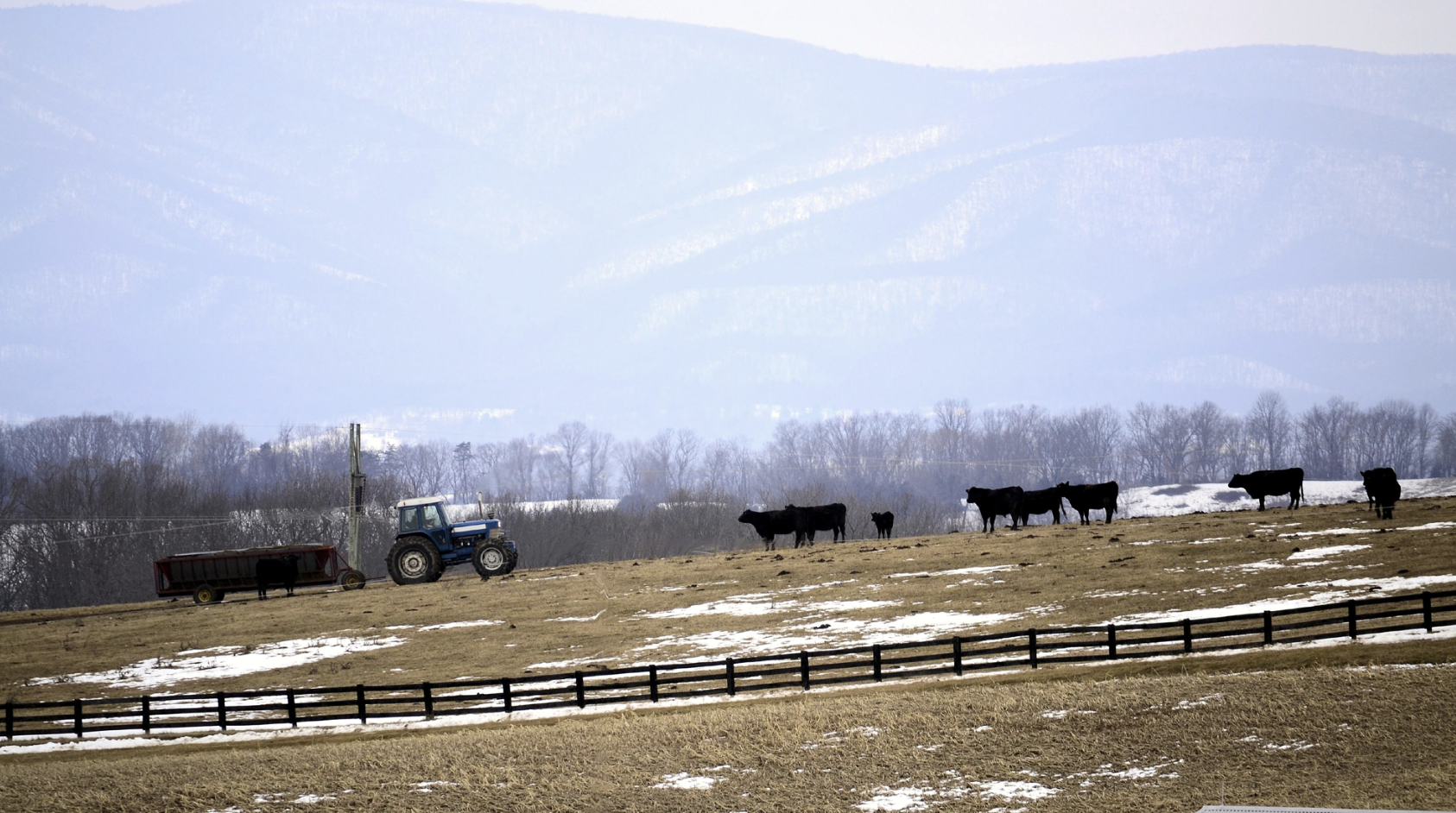

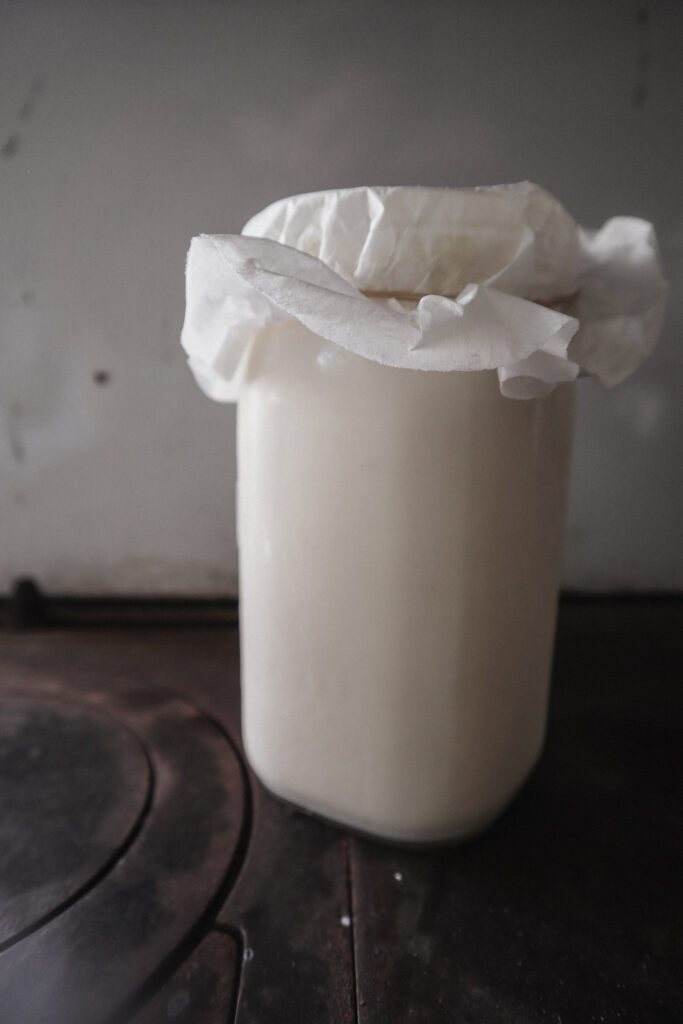
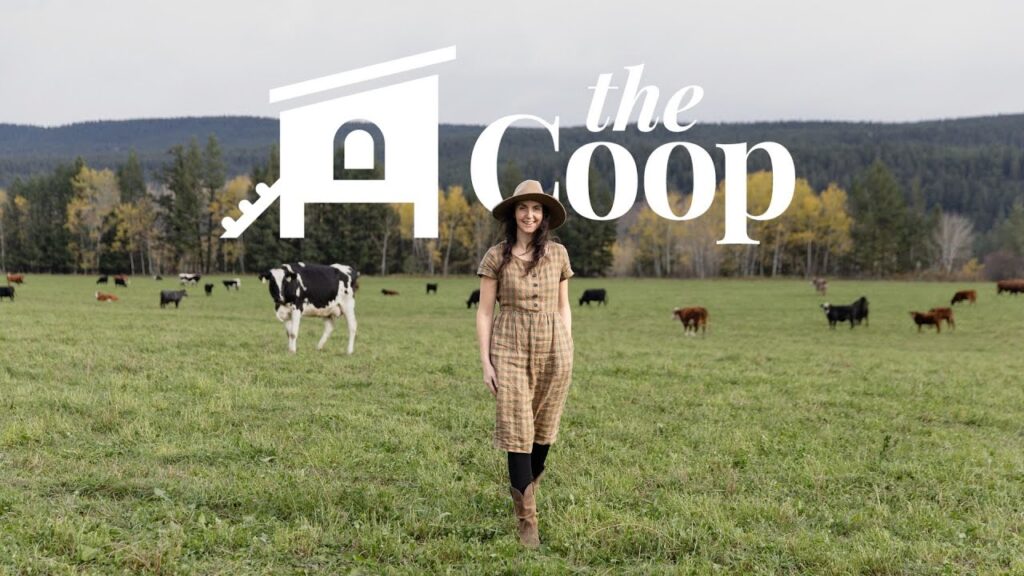
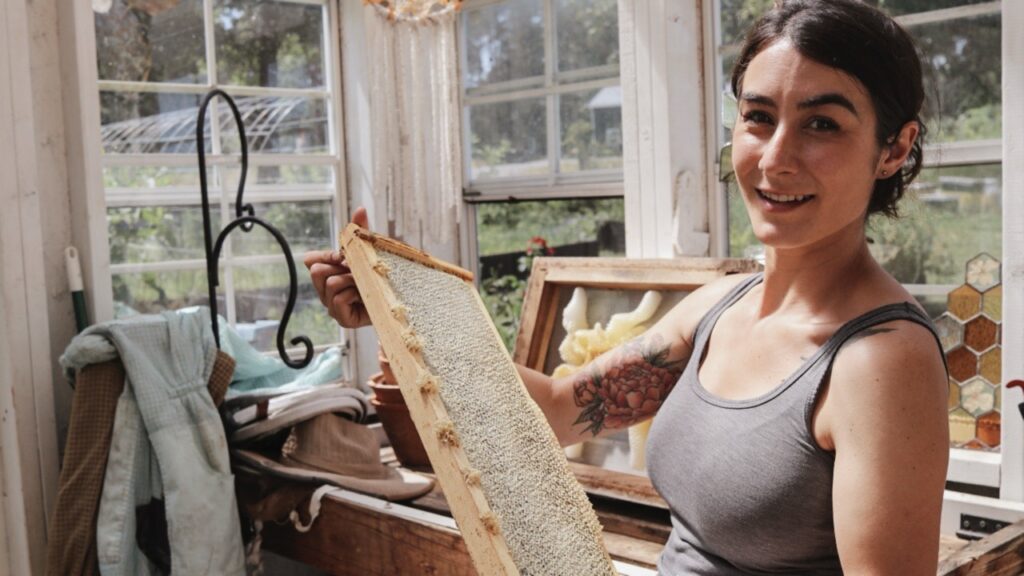
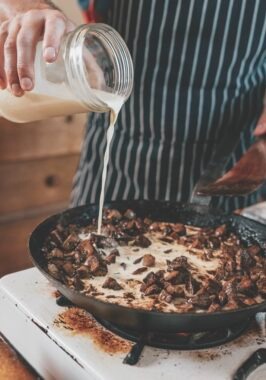

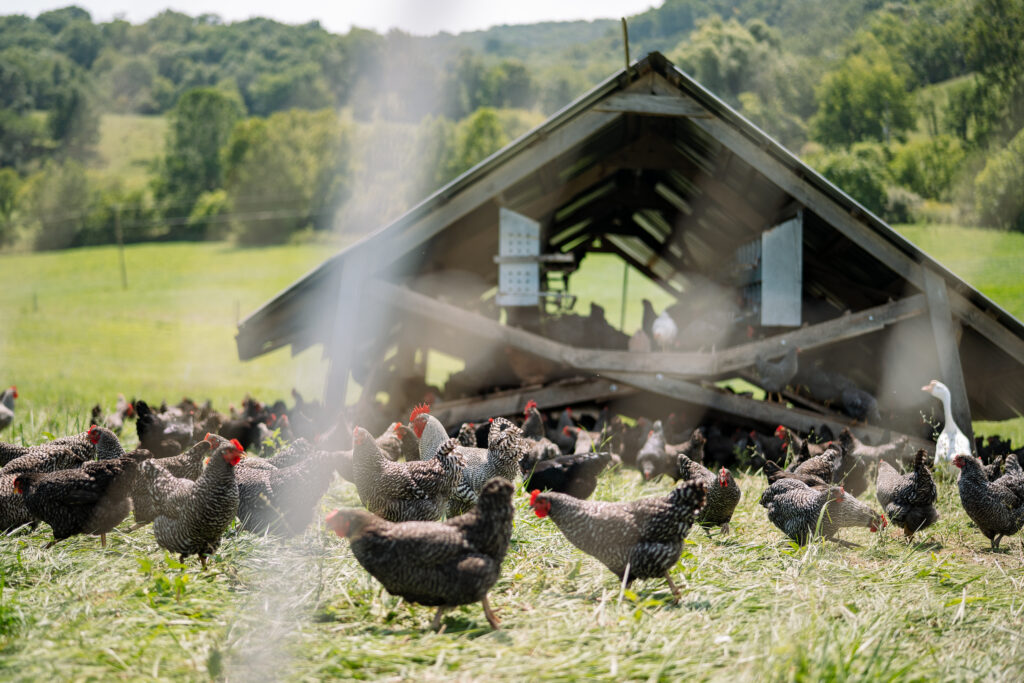
Leave a Reply